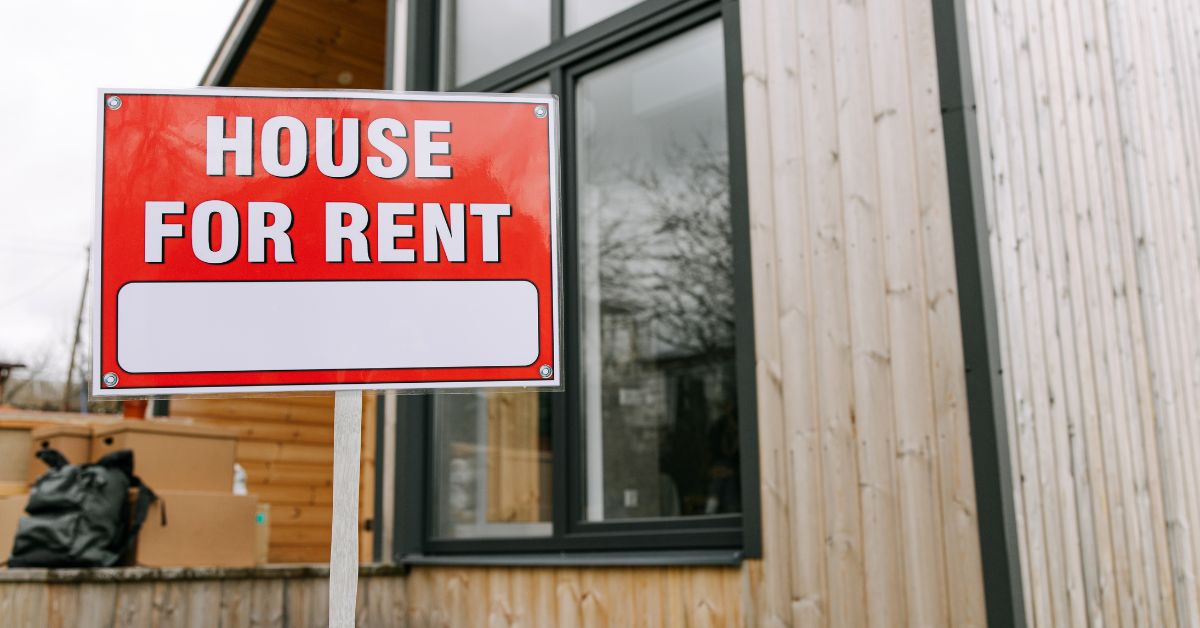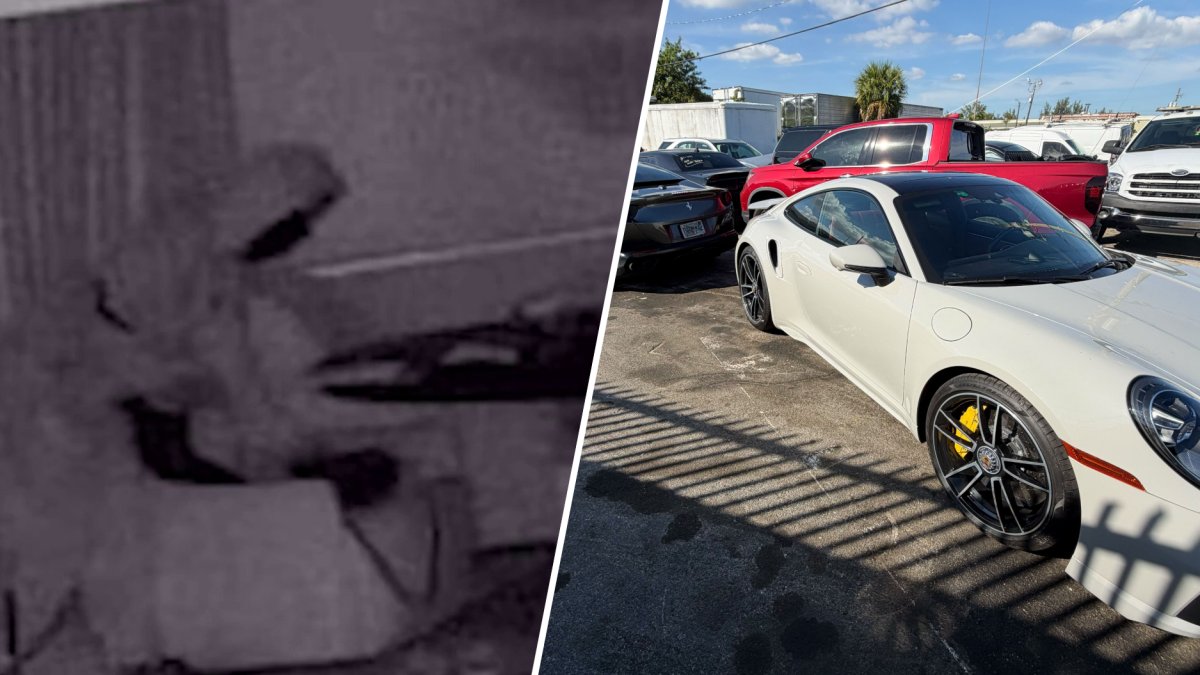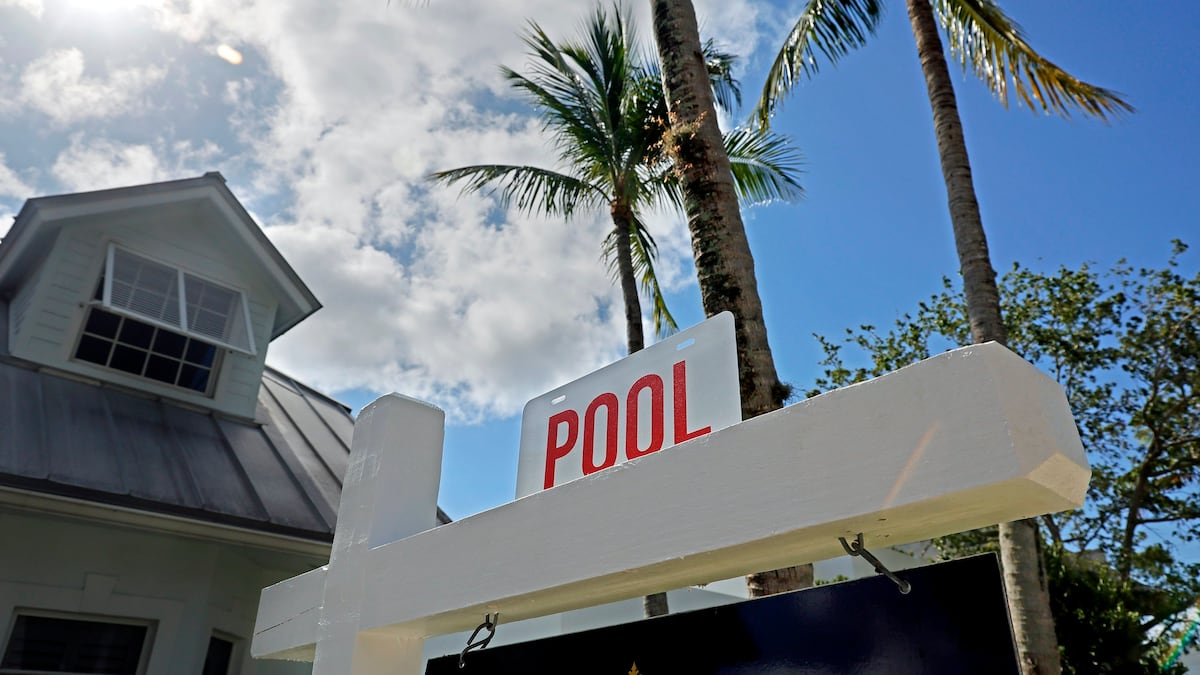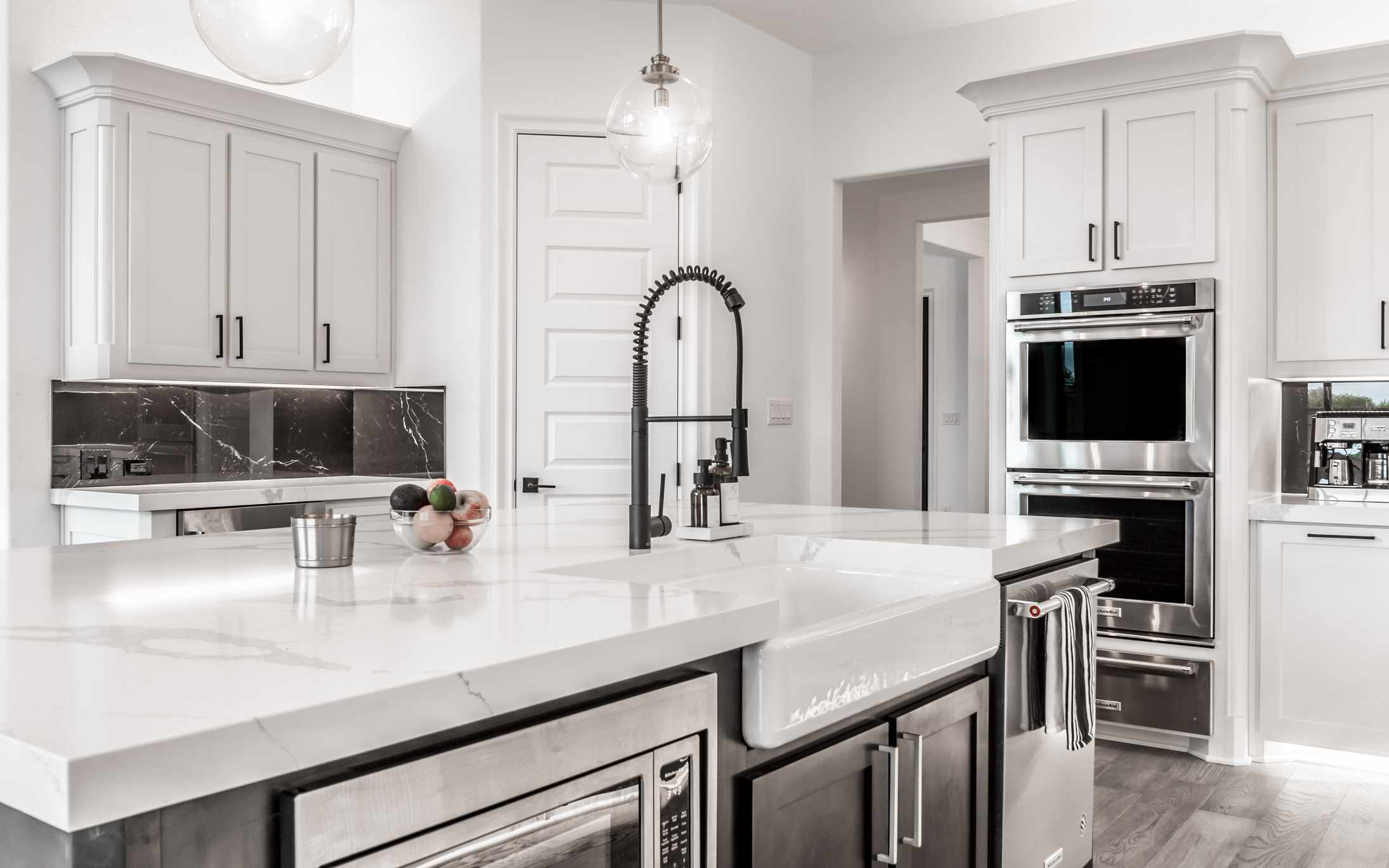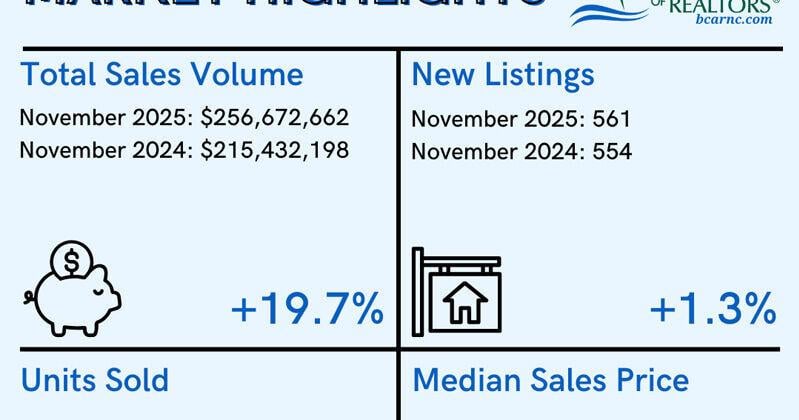A
cross the United States, roughly 86 million single‑family homes and townhouses exist, of which about 17 million—nearly one‑fifth—are not owner‑occupied, meaning they belong to investors. Contrary to the myth that large institutional players dominate the market, 87 % of investor‑owned single‑family properties are held by small‑scale owners who manage between one and five units. In fact, more than 90 % of these holdings belong to investors with fewer than eleven properties, and large‑scale investors have been net sellers for six straight quarters, according to second‑quarter data from BatchData and CJ Patrick Company.
The decline in overall home‑sale volume pushed investor purchases to 33 % of all transactions in Q2, a 15 % rise from Q1 but a 12 % drop from the same period last year. BatchData notes that this investor presence helps keep markets liquid and prevents sharp price swings that could otherwise destabilize many regions. “Without this investor participation, many markets would face severe illiquidity and potentially destabilizing price volatility,” the report states, adding that such volatility could, paradoxically, spur more owner‑occupied sales.
First‑time buyers fell sharply during the historically busy spring season, with participation dropping to 24 % in Q2—an 8 % decline from 2023. By July, the average U.S. household earned roughly 46 % less than the income recommended to afford a median‑priced home of $439,950, according to the National Association of Realtors. With traditional buyers hampered by financing constraints that doubled monthly payments, investors stepped in to provide essential liquidity.
Investors acquire residential properties for rentals or for renovation and resale. The number of homes flipped by investors has fallen for two consecutive years, driven by strong rental demand. In 2024, 297,885 single‑family homes and condominiums were flipped, a 7.7 % drop from 2023 and a 32.4 % decline from the 441,000 flips in 2022. Flipper profit margins hit 17‑year lows in Q2 2025, eroded by high purchase prices and rising repair costs, while owner‑occupied buyers increasingly target “fixer‑uppers,” adding competition.
Despite softer buyer conditions, home prices remain prohibitively high for most consumers, pushing more households into renting. Renter households rose 2.6 % in Q2 amid a decline in the homeowner population. Investors have filled that gap, stabilizing rental supply by adding units through flips or renovate‑and‑hold strategies. On average, individual investors own just three properties, yet they control 41 % of all U.S. single‑family rentals.
States with the highest investor‑owned shares in Q2 were Maine (31.1 %), Montana (31 %), Alaska (27.2 %) and Hawaii (26 %). The lowest shares were found in Minnesota (9.3 %), Colorado (10.1 %) and Connecticut (10.6 %).
